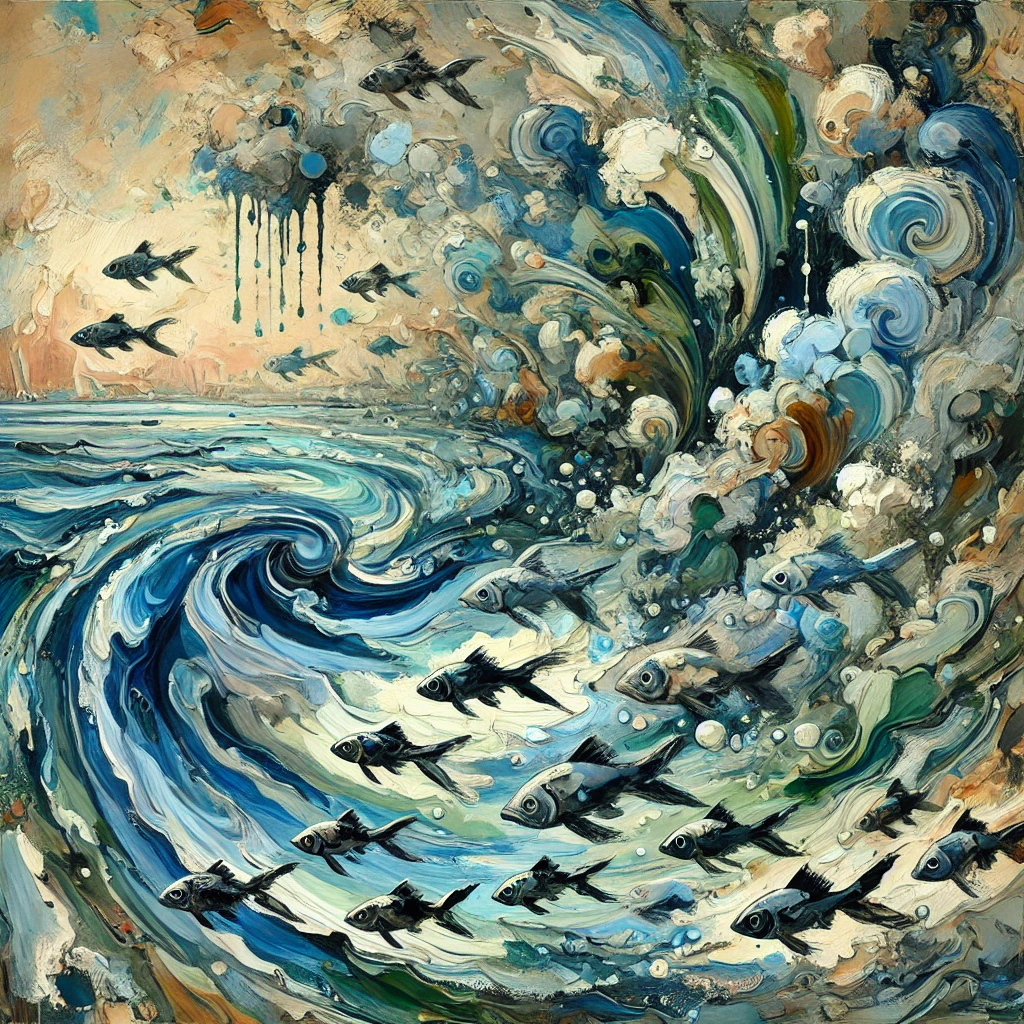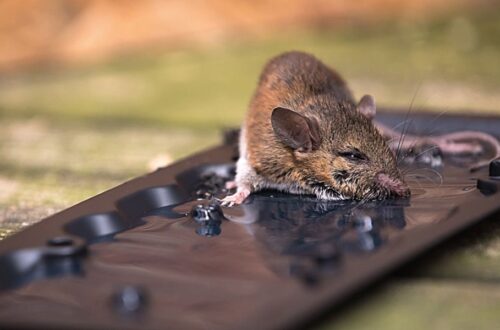
Kolleru Lake: A Once-Thriving Ecosystem Drowned by Aquaculture’s Growth
I remember my first visit to Kolleru Lake in Eluru, Andhra Pradesh. It was said to be one of India’s largest freshwater lakes, teeming with migratory birds and aquatic life. The stories I had heard painted a picture of vibrant biodiversity, with flocks of pelicans, painted storks, and other bird species filling the skies during the migration season. But when I arrived, what I saw was far from that image. The lake was still, not with the calm of nature but with a heavy, polluted silence. Instead of birds and native fish, there were fish farms everywhere. These farms, once symbols of economic development, had turned the lake into a toxic pool, with once-thriving ecosystems suffocating under the weight of industrial aquaculture.
The Transformation of Kolleru Lake
Kolleru Lake was once a freshwater jewel, supporting a diverse range of species and the livelihoods of local communities. Designated a Ramsar site in 2002, it was internationally recognized for its environmental significance. But this recognition did little to protect the lake from the creeping expansion of aquaculture. What began as a government initiative to encourage farmers to transition from paddy farming to fish and shrimp farming in the 1980s soon spiraled into a crisis. Fish ponds spread rapidly, choking its once-pristine waters
The aquaculture industry’s rapid growth brought environmental destruction in its wake. The fish farms, overcrowded with carp and shrimp, quickly became breeding grounds for disease. Farmers, desperate to maintain their production, resorted to using chemical treatments that further poisoned the water. The untreated, toxic wastewater from these farms was discharged directly into the lake, polluting it beyond recognition. I saw the telltale signs of this contamination firsthand, in the form of bioindicators—species that survive only in severely polluted environments. The lake, once clear and life-sustaining, was now murky and toxic.
The environmental degradation caused by aquaculture isn’t confined to the surface of the lake; it extends deep underground. Fish farms depend heavily on groundwater, draining local resources to fill their ponds. For the communities that live around Kolleru Lake, this has been disastrous. Villagers who once relied on groundwater for drinking, farming, and daily needs now face severe shortages. Many wells have run dry, and the remaining groundwater is often too polluted or saline to be safely consumed. The once reliable water sources that sustained these communities have become unreliable and toxic, leaving locals struggling with water scarcity and poor health.
The Government’s Response
The Indian government has taken some steps to address the environmental destruction caused by aquaculture. In 2006, Operation Kolleru aimed to dismantle illegal fish ponds within the lake’s sanctuary boundaries. However, enforcement has been weak, and many farmers rebuilt their ponds illegally after the operation ended. The aquaculture industry remains a powerful force, and efforts to protect Kolleru Lake have often been undermined by economic interests.
Despite these challenges, there is still hope for Kolleru Lake. Restoration efforts, if supported by robust policy and community involvement, could help to revive the lake’s ecosystems and restore its role as a sanctuary for wildlife. But time is running out, and action must be taken before the damage becomes irreversible.
The Bigger Picture: Aquaculture’s Harmful Impact Across India
Kolleru Lake’s story is not unique; it is part of a broader trend across India, where unsustainable aquaculture is wreaking havoc on ecosystems. Mangroves are being reclaimed into fish ponds not only in Tamil Nadu but across almost every coastal state, from West Bengal in the east to Gujarat in the west. In Andhra Pradesh’s Rajahmundry and Kakinada coastal areas, the destruction of mangroves to make way for aquaculture has become a harsh reality, devastating coastal ecosystems and the communities that depend on them.
The overuse of antibiotics and chemicals in aquaculture is also contributing to the rise of antibiotic-resistant bacteria, posing serious public health risks. These issues underscore the urgent need for reform in the aquaculture industry. While fish farming may provide short-term economic gains, it is unsustainable, causing irreversible damage to ecosystems and threatening the health and livelihoods of communities across India.
Samayu’s Role in Addressing the Problem
At Samayu, we recognize the interconnectedness of environmental sustainability, animal welfare, and community livelihoods. Our work in Andhra Pradesh is just beginning, with farmer engagement efforts aimed at promoting sustainable practices and working with the government to advance One Health policy. One Health emphasizes the health of people, animals, and ecosystems together, recognizing that the well-being of one impacts the others. We are advocating for policy progression and implementation that considers these interconnected factors, helping to address the root causes of environmental degradation at Kolleru Lake.
In Madhya Pradesh, Samayu has had the opportunity to help farmers take proactive steps toward sustainability. We partnered with local farmers to clean and restore their ponds through the Mahatma Gandhi National Rural Employment Guarantee Act (MNREGA) scheme. This initiative not only helped restore water bodies but also provided much-needed employment to rural workers, improving both environmental conditions and economic stability for the farmers. By combining community involvement with government resources, we are working to restore balance.
Samayu’s efforts focus on long-term solutions that prioritize both the local community and the environment, and the animals. We believe in creating alternatives that reduce the need for harmful industrial practices, encouraging sustainable livelihoods that do not come at the cost of ecosystems like Kolleru Lake. Our work with the government to implement One Health policies is aimed at ensuring that future development respects the balance of nature while supporting economic growth.
Recommendations
Kolleru Lake’s story is one of environmental degradation disguised as economic success. What was once a vibrant ecosystem is now choking under the weight of industrial aquaculture, its waters polluted, its wildlife displaced, and its communities struggling with water scarcity.
But there is hope. By engaging with local communities and other stakeholders, we are slowly beginning to turn the tide. To save Kolleru Lake, an intersectional movement that involves multiple stakeholders—local communities, environmentalists, policymakers, and the aquaculture industry—is essential. Building a collective response that strengthens regulations, and includes community voices is crucial. Education and awareness campaigns should be implemented to ensure that all sectors of society understand the long-term risks of environmental degradation. Furthermore, investment in alternative livelihoods that prioritize ecosystem restoration can help alleviate the pressure on Kolleru Lake.
Kolleru Lake stands as a stark reminder that true progress cannot be measured solely in economic terms. It must be defined by the health and well-being of the ecosystems and communities that rely on these natural resources. Through collective action, we can restore the balance between human development and environmental and animal protection, ensuring that Kolleru Lake and other threatened ecosystems have a chance to thrive once more.





